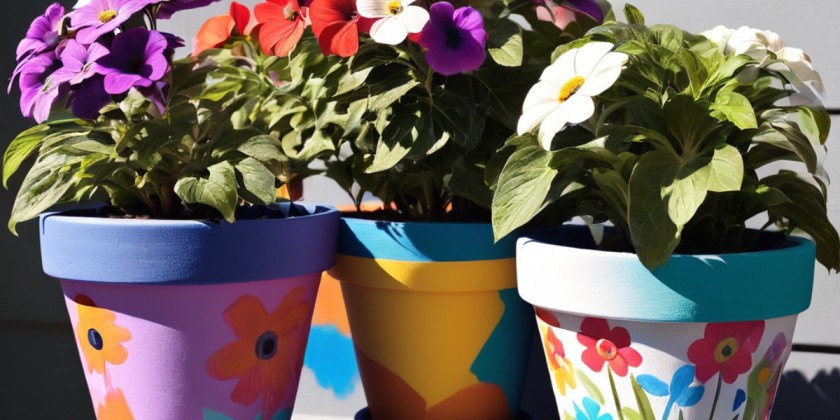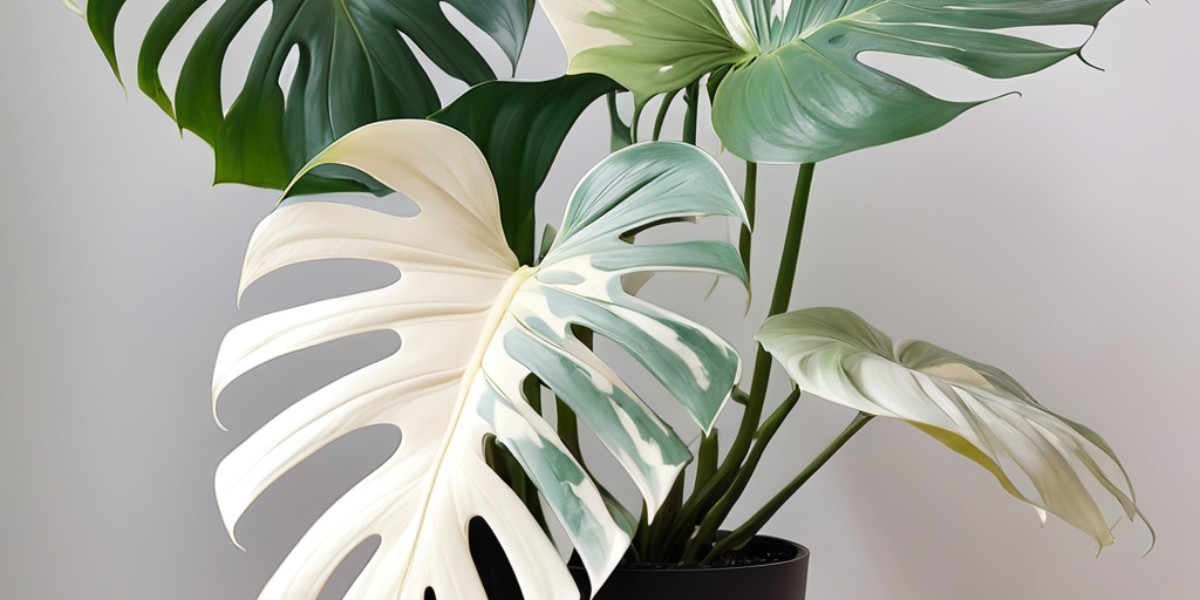The Polka dot plant (Hypoestes phyllostachya) is a flowering plant belonging to the Acanthaceae family. It is aboriginal to South Africa, Madagascar, and Southeast Asia. The distinguishing dots on its leaves often combine to form larger zones of colour.
The Polka dot plant is also known as the freckle face plant. It is an herbaceous perennial that flourishes in warm climates. The plant is levered for its strikingly variegated leaves, naturally green with pink flecks. However, some varieties have purple, white, or red spectra. Polka dot plants do pleasingly in warm, moist climates with bright, indirect light or partisan shade.
Plant Care
To successfully produce polka dot plants (Hypoestes phyllostachya), following care procedures tailored to their precise conditions is required. When planting these charming ornamentals, select a well-drained, nutrient-rich potting mix. This soil type permits adequate water retention without showing waterlogged situations, which can harm the plants.
Polka dot plants succeed in warm conditions, both indoors and outdoors. Place them in a place with bright, indirect light if cultivated indoors. They appreciate partial sun in outdoor settings, accepting a few hours of sifted sunlight during the day. Sound lighting conditions are integral to preserving their vibrant leaf colouration and prevalent health.
When it reaches watering, observe the soil carefully. Wait until the top half-inch of the soil has parched out before supplying water. Overwatering can usher in root rot, so it’s important to counteract keeping the soil unfailingly moist and bypassing excessive moisture.
To encourage healthy growth, assume fertilizing your polka dot plants roughly once a month during spring and summer growing seasons. A balanced, water-soluble fertilizer ensures they receive essential nutrients for active foliage growth.
Types of Polka Dot Plants
Hypoestes phyllostachya, or the polka dot plant, is comprehended for its eclectic array of cultivated varieties, each characterized by its distinctive and captivating leaf colouration. Some of the most notable types include:
Carmina:
This type depicts deep green leaves adorned with eye-catching red spots, forming a flamboyant contrast and adding a fierce, vibrant touch to your garden or indoor room.
Confetti:
The ‘Confetti’ variety is honoured for its green leaves liberally dotted with endearing spots in various shades, including white, pink, rose, red, and even rich burgundy. This multi-coloured collection adds lively and festive proportions to your plant display.
Pink Brocade:
‘Pink Brocade’ is distinguished by its lush green leaves adorned with delicate pink spots, corresponding to an elegant floral brocade design. Combining green and pink creates a visually alluring and aesthetically attractive plant.
Splash Series:
The series is recognized for its diversity, featuring leaves with a ravishing mix of greens adorned with splotches of pinks, reds, and whites. These divergences within the sequence present a dynamic and bright selection, making it a favoured choice for those pursuing a lively and vibrant plant exhibit.
Also Read: How to Grow Pink Princess Philodendron
Propagating Polka Dot Plant
Begin by choosing a healthy parent plant. Cut a four-inch stem section using sharp and sterile pruners or flower snips. Guarantee that the parent plant is not a patented type, as bearing patented plants is generally restricted. If you desire a distinctive patented variety, receiving it from a garden centre is best. Once you have your cutting, extract the leaves from the lower half of the stem. This will complete a clean area for rooting.
An optional but effective manner is to place the cut end of the stem in a glass of water. Switch the water at least once a week to maintain it clean. Within about a week, roots should form the beginning, and once they reach about two inches in length, you can roll to transplant the cutting into the soil. When transplanting, plant the cutting in a pot filled with moist, high-quality potting soil, inserting it about two inches deep. Some gardeners miss the water-rooting step and plant cuttings instantly into the soil and often find this method thriving. Keep the soil unfailingly damp and deliver bright, avoiding light to aid the rooting process.
How to Grow Polka Dot Plant
Commence by sowing the seeds on the character of warm and moist soil. Early spring is an excellent time to begin this procedure. Make sure the soil is well-draining and appropriate for seed germination. Press the seeds into the soil, but avoid planting them too deeply. Polka dot plants blossom in bright, indirect light, so confirm they accept acceptable illumination for optimal growth. With the right circumstances, polka dot plant seeds usually sprout within a few days to a few weeks. Be careful and only plant them outdoors after the risk of frost has parted.
As for re-potting specified polka dot plants, it’s usually best to do this in the spring after the plant’s winter dormant course. Indications that a polka dot plant requires re-potting enclose roots emerging from the drainage holes of its existing container. Pick a new pot no more than two inches wider and more in-depth than the old one when re-potting. Detour using terra cotta pots, as they wick away dampness, potentially pushing the soil to dry out too quickly. This straightforward approach can help support the health and stamina of your polka dot plant,
confirming it continues to prosper.
Also Read: 18 Indoor Plants with Big Leaves
Common Problems
With their gorgeous foliage, Polka dot plants can experience many common problems that impact their appearance and health. When the resonant colours of your polka-dot plant start to fade or disappear, insufficient light exposure is often the culprit. Too little sunlight can make the leaves greener as they adapt to low-light conditions, resulting in leggy growth. To correct this, emigrate the plant to a spot where it can obtain dappled light or morning sun. Contrariwise, excessive sun exposure may be to blame if the leaves show signs of bleaching or browning around the edges.
Another case is leaves falling off the plant. While a few leaf losses are expected, a substantial leaf drop indicates an underlying issue. Crispy, dry, and browning leaves are indicators of underwatering, and to handle this, supply a thorough soak and base a consistent watering program.
FAQ’s
1. Can polka dot plants be extended outdoors?
Yes, polka dot plants can be cultivated outdoors in provinces with warm, moist climates. They succeed in partial sun, suggesting they should receive some screened sunlight during the daytime.
2. How can I propagate a polka-dot plant?
You can multiply polka dot plants from stem cuttings. Place a cutting below a leaf node in damp or moist potting soil; roots should form in a few weeks. You can transplant the new plant once the seeds are a few inches long.
3. What should I do if the colours on the leaves start fading?
Wilting leaf colour is often due to insufficient light. Move the plant to a location with more light if it is too green. If the leaves emerge bleached or browned, decrease vulnerability to direct sunlight.
4. How long do polka dot plants generally live?
Polka dot plants usually terminate their maturation cycle after blooming, providing them with a lifespan of about one to two years in most circumstances.
5. Can I grow polka dot plants from seeds, and how do I do it?
Yes, you can grow polka dot plants from seeds. Sow the seeds on the surface of warm, moist soil in earlier spring and deliver satisfactory sunlight. The seeds should sprout within a periodic day to weeks.
6. When is the most suitable time to re-pot a polka dot plant?
The ideal time to re-pot a polka dot plant is spring after its winter dormant course. Examine for signs of root development via the drainage holes in the pot to reveal that re-potting is required.
Also Read: How to Grow Swiss Cheese Plant From Seed











